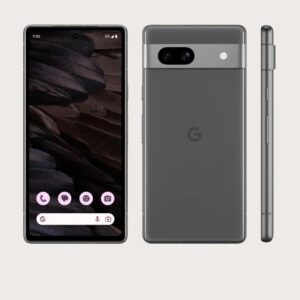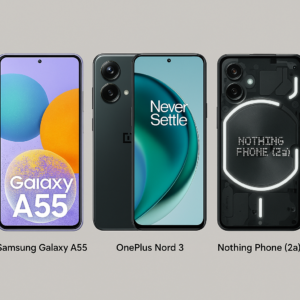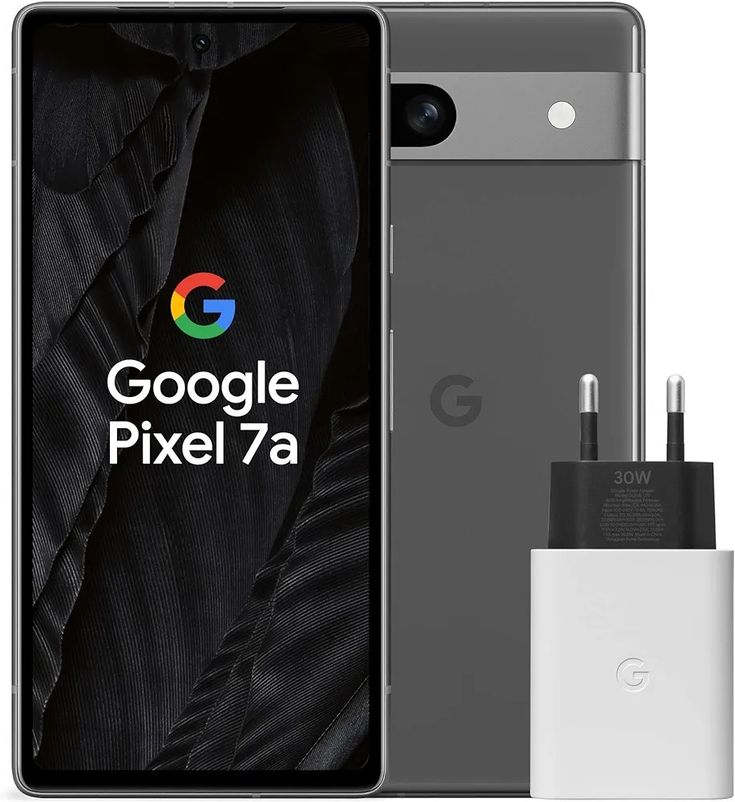Is the Google Pixel 7a Worth Buying in 2025? A Deep Dive into Performance, Value, and Longevity
Is the Google Pixel 7a Worth Buying in 2025
The smartphone market is constantly evolving, with new devices being released every year that push the boundaries of performance, design, and innovation. Amidst this rapid change, older models can often be overlooked. However, some devices retain their relevance and continue to offer excellent value for money even years after their initial release. One such device is the Google Pixel 7a, launched in 2023. As we step into 2025, the big question remains: Is the Google Pixel 7a still worth buying?
In this in-depth blog post, we’ll explore the Pixel 7a’s current status in 2025, considering factors like performance, camera quality, software support, battery life, and how it stacks up against newer alternatives like the Pixel 8a. We’ll also take a close look at its market price and whether it represents a smart purchase for different types of users.
1. Performance and Hardware: Still Capable in 2025?
The Pixel 7a is powered by Google’s Tensor G2 chip, which was a significant step up from the first-generation Tensor SoC used in the Pixel 6 series. Paired with 8GB of RAM and 128GB of storage, the Pixel 7a delivers a smooth user experience across daily tasks, multitasking, and casual gaming.
While it doesn’t match the raw processing power of newer chips like the Tensor G3 found in the Pixel 8a, the G2 still holds its own in 2025. For everyday use—browsing, streaming, social media, and even photo editing—the Pixel 7a performs admirably.
However, heavy gamers or power users who run demanding apps may notice some limitations compared to flagship devices released in 2024 and 2025.
2. Software Support and Clean Android Experience
One of Google’s strongest selling points has always been its commitment to timely software updates. The Pixel 7a launched with Android 13 and is guaranteed to receive three years of OS updates and five years of security patches. That means it will be supported until at least 2028 with security updates, and through 2026 with major Android versions.
As of early 2025, the Pixel 7a is running Android 15 and continues to deliver a clean, bloatware-free experience. Google’s stock Android is fast, intuitive, and loaded with smart features like Call Screen, Magic Eraser, Recorder with transcription, and Direct My Call.
In terms of longevity, the Pixel 7a remains a great choice for users who value a smooth, ad-free Android experience with reliable updates.
3. Display and Design: Aesthetics Meet Functionality
The Pixel 7a sports a 6.1-inch OLED display with a 90Hz refresh rate, providing vibrant colors and fluid animations. While newer models such as the Pixel 8a have upgraded to 120Hz panels, the 90Hz on the 7a still feels responsive and significantly better than the standard 60Hz displays on older or budget smartphones.
The display resolution (1080 x 2400 pixels) ensures crisp visuals, whether you’re watching videos or scrolling through social feeds.
Design-wise, the Pixel 7a features a polycarbonate back with an aluminum frame, giving it a sturdy yet lightweight feel. Its compact form factor makes it easy to handle one-handed, a feature many users still appreciate in an era of ever-growing screen sizes.
It is also IP67 rated for water and dust resistance, making it more durable than many similarly priced smartphones.
4. Camera Performance: Still a Photography Powerhouse
Despite its mid-range status, the Pixel 7a inherits much of Google’s computational photography prowess. It features a 64MP main sensor and a 13MP ultra-wide camera on the back, with a 13MP front-facing camera.
The images produced by the Pixel 7a are sharp, color-accurate, and detailed. Night Sight, Super Res Zoom, and Portrait Mode work impressively well. Even in 2025, few phones in its price range match the Pixel 7a in photography. The real-time HDR processing, coupled with AI features like Magic Eraser, keeps the Pixel 7a relevant for photography lovers.
Video capabilities are solid, too, with support for 4K recording at 60fps, and Google’s excellent image stabilization makes handheld shots look smooth and professional.![]()
5. Battery Life and Charging
The Pixel 7a comes with a 4385mAh battery, which, combined with software optimization, offers a full day of use under moderate conditions. It supports 18W wired charging and 7.5W wireless charging.
In 2025, when fast charging technologies have advanced significantly (some phones now support 65W or even 100W+ charging), the Pixel 7a’s charging speed may feel sluggish. For users frequently on the go, the slower charge times could be a minor inconvenience.
However, the actual battery endurance remains dependable. The adaptive battery feature learns user habits and optimizes power usage, helping the device last longer on a single charge over time.![]()
6. Pricing in 2025: A Value-Oriented Proposition
When it was launched in 2023, the Pixel 7a was priced around $499 (INR ₹45,000). As of April 2025, prices have dropped considerably, with the phone now retailing for approximately $299 (INR ₹28,000 to ₹30,000) depending on region and availability.
At this new price point, the Pixel 7a becomes a compelling option for budget-conscious buyers. You’re essentially getting premium-level software support and a flagship-tier camera in a mid-range phone.
7. Comparison with Pixel 8a and Other Competitors
The Pixel 8a, launched in 2024, features the newer Tensor G3 chip, a 120Hz display, and extended seven years of software support. It also offers incremental improvements in design and performance. However, these enhancements come at a higher cost—typically priced around INR ₹45,000 to ₹50,000.
For users who demand the latest and plan to keep their device for a long time, the Pixel 8a may be worth the extra investment. However, for most everyday users, the differences aren’t drastic enough to justify the higher cost over the Pixel 7a.
Other mid-range alternatives in 2025 include the Samsung Galaxy A55, OnePlus Nord 3, and Nothing Phone (2a). While these phones offer competitive specs, they often lag in terms of software support and camera performance compared to Google’s Pixel lineup.
8. Who Should Buy the Pixel 7a in 2025?
Ideal for:
- Students or young professionals looking for a powerful, reliable phone under budget.
- Android purists who want the cleanest and most up-to-date version of Android.
- Casual photographers who prioritize camera quality.
- Users upgrading from older Pixel models like the 4a or 5a.
Not ideal for:
- Power users or mobile gamers who require the latest chipset and highest refresh rates.
- Users needing extremely fast charging speeds.
- Those looking for the longest software support (Pixel 8a or newer models are better).
Final Verdict: Still Worth It? Absolutely.
As of 2025, the Google Pixel 7a continues to punch above its weight. Its combination of software finesse, outstanding camera capabilities, and now significantly reduced price makes it one of the best value-for-money smartphones available today.
While it doesn’t have the bells and whistles of the latest flagships, it excels where it matters most to everyday users. If you’re in the market for a mid-range Android phone and don’t need cutting-edge features, the Pixel 7a is still very much worth buying in 2025.
https://store.google.com/config/pixel_7a?hl=en-US

